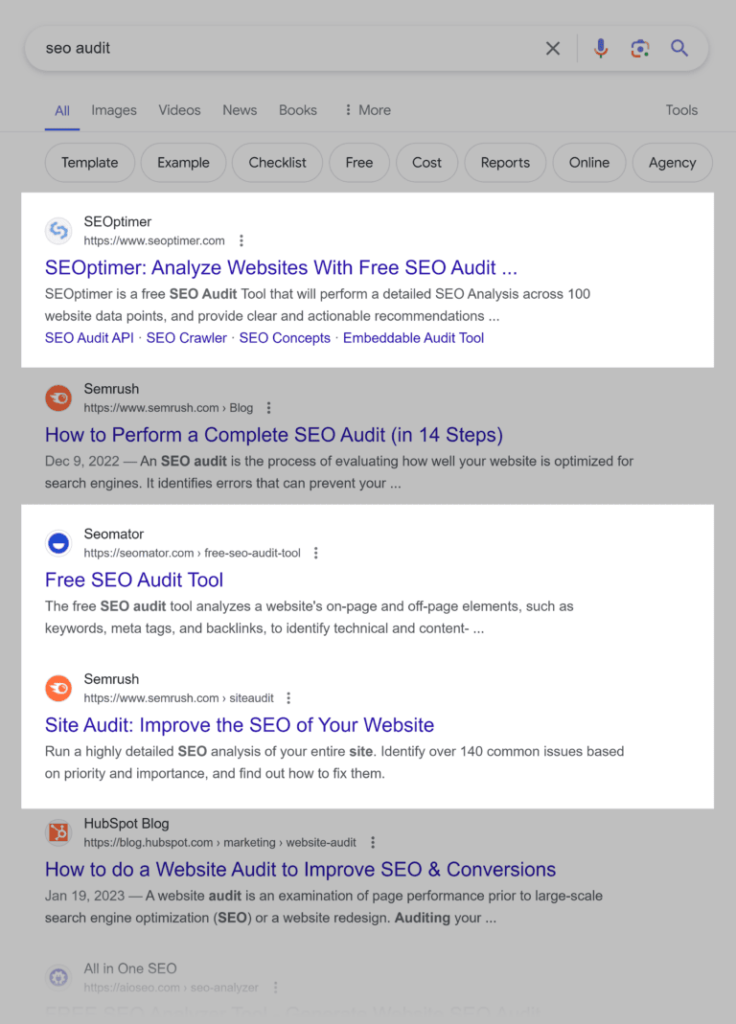Discover top tools, strategies, and tips to master search intent for SEO success. Learn how to optimize content that truly meets user needs.
Introduction
Have you ever clicked on a link with expectations in mind and ended up feeling let down? This scenario often plays out when the content doesn’t quite align with what you were hoping for or needing at that moment. Content creators must grasp the concept of search intent, as it enables them to offer information that truly meets users’ needs and expectations effectively.
Search intent essentially involves interpreting the purpose behind a user’s search query and understanding what they seek to achieve or find when entering phrases into a search engine. This article will delve into how to uncover what someone is looking for when they search online and provide tools and advice to assist you in enhancing your content creation efforts. By the end of this article, you will also gain insights into crafting content that aligns with search intent.
Understanding Search Intent
When a person enters a search term into a search engine they usually have a purpose, in mind. Such as seeking information making a purchase or finding their way to a website. Recognizing this intention is essential, for producing content that adequately answers users’ queries and fulfills their requirements.

There are 4 main types of search intent:
- Navigational Intent: This happens when users are searching for a specific website or page. For example, if someone searches for “Facebook” they are trying to find the Facebook site directly.
- Informational Intent: Here, users get knowledge or information about a topic. For example, when someone searches for “how to bake a cake,” they’re likely looking for clear, step-by-step instructions.
- Transactional Intent: This type occurs when consumers are ready to make a purchase. For example, a search for “buy running shoes” indicates a desire to find a store where they can buy running shoes.
- Commercial Intent: It is a combination of informational and transactional intent, where consumers are researching products or services but may not yet be ready to buy. An example would be searching for “Best Smartphones 2024.”
Aligning your content with these different types of search intent is crucial because it helps ensure that the information you provide meets the needs of your audience, which in turn has higher engagement and better search rankings.
Top Tools for Identifying Search Intent
Several tools can help you identify search intent and optimize your content accordingly. Here are some important ones:
- Google Keyword Planner: This free tool helps you find new keywords related to your business and see how a keyword list might perform. It shows the search volume and level of competition for each keyword, allowing you to choose the right keywords based on user intent.
- SEMrush: This paid tool offers comprehensive data on keywords, including the intent behind them. It provides insight into how your competitors rank for specific keywords and what strategies they use, helping you refine your approach.
- Ahrefs: Like SEMrush, Ahrefs allows you to analyze keywords and see how well they match different types of search intent. It also offers valuable information about backlinks and content performance, which can guide your optimization efforts.
Real-Life Examples: For example, if you use Google Keyword Planner and see that “best laptops for students” have a high search volume, you can target that specifically, providing reviews and comparisons. Can help students make informed decisions.
Optimization Tips for Aligning Content with Search Intent
To effectively meet search intent, consider these optimization tips:
- Keyword Selection Based on Intent: Choose keywords that match the type of intent you want to target. For example, if your content is intended to provide information, focus on informational keywords rather than transactional ones.
- Content Structure and Formatting: Use clear headings and bullet points to make your content easy to scan. This helps readers quickly find the information they need, which is especially important for informational content.
- User Experience (UX): A good user experience is crucial to fulfilling search intent. Ensure your website is easy to navigate, loads swiftly, and works smoothly on mobile devices. This not only helps in retaining customers but also improves your ranking on search engines.
Case Studies
Many companies have successfully aligned their content with search intent. For example, a travel website focused on creating detailed guides for popular destinations. By using tools like SEMrush, they identified that users searching for “things to do in Paris” were looking for detailed itineraries rather than just a list of attractions. By providing comprehensive guides, they improved their search rankings and increased user engagement.
Another example is an online shoe retailer that noticed users searching for “best running shoes” were looking for comparisons and expert opinions. They created a dedicated blog section with reviews and buying guides, which not only helped them rank higher in search results but also led to increased sales.

Conclusion
Understanding search intent is essential to creating content that resonates with your audience. By using the right optimization tools and techniques, you can align your content with what users are looking for. Remember to focus on the type of search intent you want to target, choose your keywords wisely, and ensure a great user experience. Implement these tips and you’ll be well on your way to improving your content strategy and increasing your online visibility!
Also Read
0: 10 Common Blogging Mistakes That Are Killing Your Traffic and How to Fix Them!
1: How Can we earn from guest posting?
2: How to Grow a Blogging Website Like Boss in Easy Steps?
3; How to Increase WordPress Website Speed in 2024:
4; How to improve WordPress website security in 2024?
5; How To Start International Blog in 2024 | Step-by-Step Instructions
6; From Clicks to Cash: The Best Blog Niches for Monetization
7; What Is Image Submissions in SEO? || Benefits & Sites List
8; SEO Friendly Blog Posts: Boost Your Online Presence
9: How to Index Your Website on Google in 2024
10: ChatGPT for Bloggers: How to Monetize Your Content
My name is M. Ali Sher. I am from Pakistan. I work on blogging, SEO, WordPress, and many other topics. I have about two years of experience in this field. All the information on this website related to blogging, SEO, WordPress, and Earning Money online is my personal experience. I have published many tools on this site, and some are yet to be released. They will also be available on this website soon. I have been working in blogging and SEO for a long time and as I told you, I have a lot of knowledge about it, so I want to share my knowledge with you. So that you guys can also start earning money from blogging and SEO.


